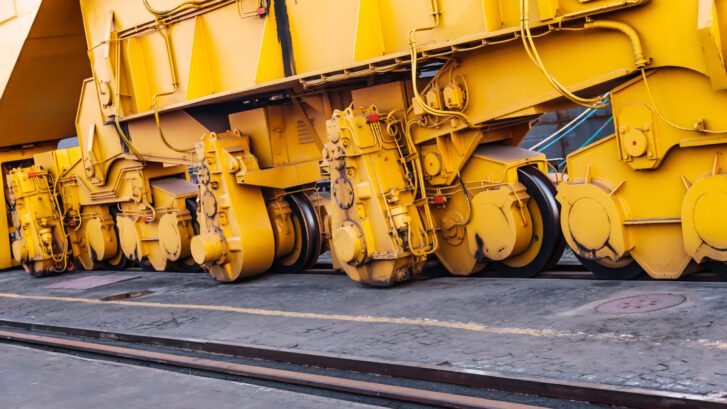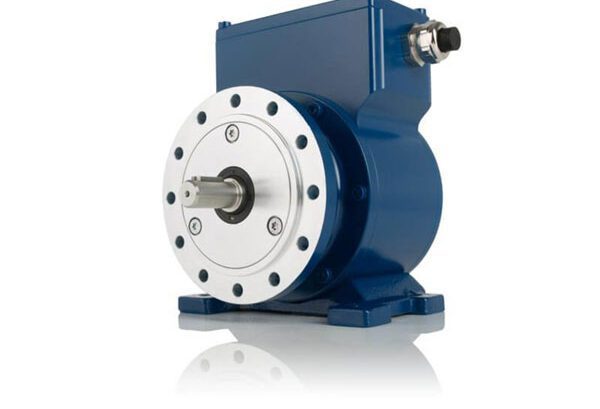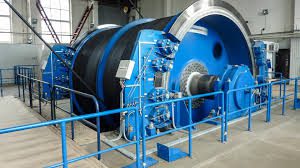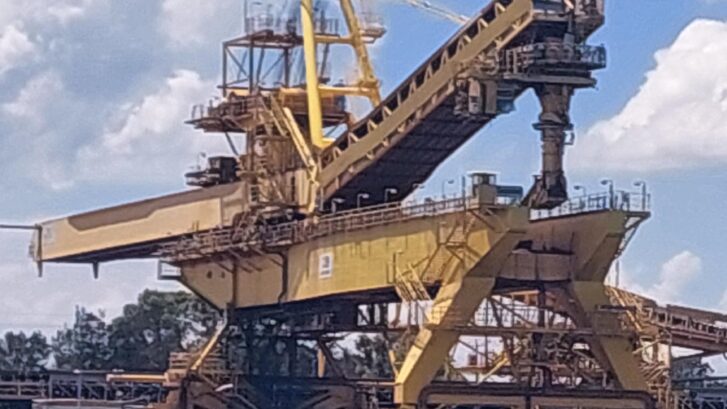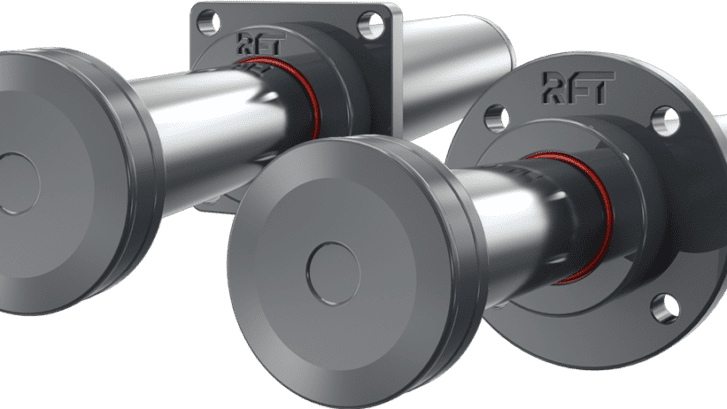Green Mining Innovations
Green Mining Innovations: Sustainable Technologies Redefining Resource Extraction
Mining has long stood as a critical pillar of global industrial development, supplying essential raw materials for construction, energy production, and manufacturing. However, traditional mining practices face growing scrutiny due to their environmental and social impacts, including deforestation, water pollution, greenhouse gas emissions, and community displacement. As the world grapples with climate change challenges and rising resource demands, the mining industry is embracing a much-needed paradigm shift. Enter green mining innovations—sustainable technologies poised to redefine resource extraction by minimizing ecological footprints while maximizing efficiency.
In this article, we explore the transformative green mining technologies shaping the future of resource extraction. From renewable energy integration to water recycling systems, autonomous electric equipment, and waste reduction strategies, these innovations mark a significant step toward a more sustainable, responsible, and resilient mining sector.
The Necessity of Green Mining
The environmental consequences of conventional mining are undeniable. Large-scale land degradation, habitat destruction, toxic waste generation, and excessive energy consumption have rendered mining one of the world’s most polluting industries. Furthermore, societal expectations, stricter regulations, and investor preferences are prompting mining companies to adopt eco-conscious methods.
For this reason, the transition to green mining is no longer optional—it is imperative. Stakeholders increasingly demand mining operations aligned with environmental stewardship, social responsibility, and economic viability. Sustainable technologies offer a pathway to achieve this balance, ensuring resource extraction meets present needs without compromising the planet’s future.
Key Green Mining Innovations
1. Renewable Energy Integration
One of the most impactful ways to reduce a mine’s carbon footprint involves switching from fossil fuels to renewable energy sources. Renewable power generation, such as solar, wind, and hydroelectricity, is becoming increasingly common in mining operations worldwide.
Solar-Powered Mines:
In sun-rich regions, mining companies are adopting large-scale solar farms to power operations. For instance, several Australian mining giants have invested in off-grid solar arrays paired with battery storage systems to maintain 24/7 operations without diesel dependency.
Wind Energy Solutions:
Wind turbines represent another clean energy option, particularly effective in coastal and elevated mining areas. This solution not only reduces reliance on carbon-intensive energy but also cuts long-term operating costs.
Hybrid Energy Systems:
Additionally, combining various renewable sources with traditional grid power ensures reliable energy supply while drastically cutting emissions. These scalable systems adapt to diverse mining environments, making them highly attractive.
Impact:
- Significant reduction in greenhouse gas emissions
- Lower operational energy costs
- Enhanced energy security and independence
2. Electrification of Mining Equipment
Diesel-powered heavy machinery accounts for a substantial portion of mining-related emissions. Electrification is now revolutionizing this space by replacing traditional combustion engines with electric alternatives.
Battery-Electric Vehicles (BEVs):
Electric haul trucks, loaders, and drills are gaining traction in both underground and surface mines. These vehicles eliminate tailpipe emissions, improve air quality in enclosed spaces, and require less maintenance.
Trolley Assist Systems:
In large surface operations, trolley assist technology uses overhead electric lines to power trucks along designated routes. This system significantly reduces diesel consumption while boosting fuel efficiency.
Hydrogen Fuel Cells:
While still emerging, hydrogen fuel cells provide another clean option for powering heavy machinery. These systems generate electricity through a chemical reaction, emitting only water vapor as a byproduct.
Impact:
- Reduced air pollution and greenhouse gas emissions
- Lower noise pollution
- Improved worker health and safety
- Decreased fuel costs
3. Water Management and Recycling Technologies
Water usage in mining, particularly in mineral processing and dust suppression, poses serious environmental challenges. Sustainable water management has, therefore, become a cornerstone of green mining initiatives.
Closed-Loop Water Systems:
Many mining operations now utilize closed-loop systems to capture, treat, and reuse water, drastically reducing freshwater consumption and contaminated water discharge.
Desalination Plants:
In regions where freshwater is scarce, desalination technologies provide an alternative source by treating seawater for industrial use. This strategy alleviates pressure on local water supplies.
Tailings Dewatering:
Furthermore, advanced tailings dewatering techniques minimize water content in waste materials, making storage safer and reducing the risk of dam failures.
Impact:
- Conservation of freshwater resources
- Prevention of water pollution
- Enhanced regulatory compliance
- Increased operational efficiency
4. Advanced Waste Management and Resource Recovery
Mining generates vast amounts of waste, including overburden, tailings, and slag. Green innovations focus on minimizing this waste, promoting recycling, and reclaiming valuable materials.
Zero-Waste Mining:
This holistic approach seeks to maximize resource extraction while minimizing waste generation. Technologies like ore sorting and precision mining ensure only high-quality ore is processed, reducing the volume of waste produced.
Tailings Reprocessing:
Additionally, reprocessing old tailings with modern techniques enables mining companies to extract residual minerals, recovering value from materials once considered worthless.
Recycling Mine Waste:
Certain waste products, such as slag, can also be repurposed in construction materials, roadbeds, or cement production. This not only reduces environmental impact but also creates new revenue streams.
Impact:
- Lower waste disposal costs
- Reduced environmental risks
- Improved resource efficiency
- Additional revenue opportunities
5. Automation and Digitalization
Advancements in automation and digitalization contribute significantly to both safety and sustainability goals.
Autonomous Vehicles and Equipment:
Driverless trucks, loaders, and drills operate with greater precision and efficiency. By reducing fuel consumption and minimizing errors, these machines help decrease resource waste.
Predictive Maintenance:
IoT sensors combined with AI-powered monitoring systems predict equipment failures before they occur. This proactive approach minimizes downtime, reduces energy use, and extends machinery lifespan.
Data-Driven Decision-Making:
Moreover, real-time data analytics enable optimized resource extraction, energy consumption, and logistics. This ensures minimal environmental impact while maximizing output.
Impact:
- Enhanced operational efficiency
- Reduced energy and material waste
- Safer working environments
- Lower carbon footprint
6. Bioremediation and Environmental Restoration
Post-mining land rehabilitation is crucial for restoring ecosystems and supporting biodiversity. Today, green technologies focus heavily on natural and biological solutions.
Phytoremediation:
Certain plants, known as hyperaccumulators, possess the ability to absorb heavy metals and toxins from contaminated soils. These plants play a vital role in rehabilitating degraded mining lands.
Microbial Treatments:
Additionally, bacteria and fungi are used to break down hazardous substances and neutralize acidic mine drainage. This restores soil and water quality over time.
Reforestation Initiatives:
Mining companies are investing heavily in large-scale reforestation projects. Planting native trees and vegetation not only restores habitats but also captures carbon and supports biodiversity.
Impact:
- Revitalized ecosystems
- Improved soil and water health
- Long-term carbon sequestration
- Positive community relations
Social and Economic Benefits of Green Mining
The shift toward sustainable mining technologies offers more than environmental benefits. It also creates positive social and economic ripple effects:
1. Enhanced Community Engagement:
Green mining projects often incorporate community involvement programs. These ensure that local populations benefit from employment opportunities, education, and infrastructure development.
2. Regulatory Compliance and Investor Confidence:
By adopting sustainable practices, mining companies enhance their reputation with regulators, investors, and ESG-conscious stakeholders. This strengthens their prospects for continued business growth.
3. Long-Term Cost Savings:
Although initial investments in green technologies may be high, long-term savings from reduced energy, water, and waste management costs ultimately deliver significant financial benefits.
Challenges and Future Outlook
Despite the promising potential of green mining innovations, several challenges persist:
- High Capital Costs: Implementing renewable energy systems, electric machinery, and advanced recycling technologies requires substantial upfront investment.
- Technological Barriers: Some technologies, such as hydrogen fuel cells and certain automation systems, are still in early developmental stages.
- Policy and Regulatory Hurdles: Inconsistent regulations across jurisdictions can hinder the widespread adoption of green practices.
- Skill Gaps: The industry requires a workforce trained to operate and maintain these new technologies, necessitating comprehensive upskilling programs.
Nevertheless, the outlook remains positive. As technology continues to advance and costs decrease, green mining solutions will become increasingly accessible. Furthermore, growing global awareness of sustainability and the rise of responsible investment will keep driving the sector’s evolution.
Conclusion
Green mining innovations are reshaping the resource extraction landscape. By integrating renewable energy, electrifying equipment, optimizing water and waste management, harnessing automation, and investing in environmental restoration, mining companies are paving the way for a cleaner, safer, and more sustainable future.
Sustainable mining is no longer a lofty goal—it is an achievable reality, supported by transformative technologies and a firm industry-wide commitment to responsible practices. As these innovations mature, they promise not only to protect the environment but also to foster social well-being, economic prosperity, and long-term resilience.
Mining may have historically been synonymous with environmental degradation, but the tide is turning. Today, green mining technologies are proving that resource extraction and environmental responsibility can—and must—coexist.




